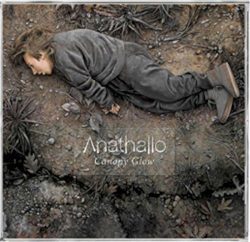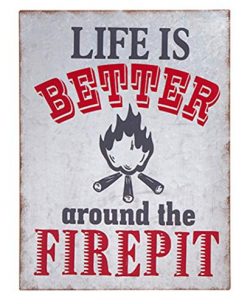The Cosmopolitan Canopy: Race and Civility in Everyday Life
An acclaimed sociologist illuminates the public life of an American city, offering a major reinterpretation of the racial dynamics in America.
Following his award-winning work on inner-city violence, Code of the Street, sociologist Elijah Anderson introduces the concept of the “cosmopolitan canopy”—the urban island of civility that exists amidst the ghettos, suburbs, and ethnic enclaves where segregation is the norm. Under the cosmopolitan canopy, diverse peoples come together, and for the most part practice getting along. Anderson’s path-breaking study of this setting provides a new understanding of the complexities of present-day race relations and reveals the unique opportunities here for cross-cultural interaction.
Anderson walks us through Center City Philadelphia, revealing and illustrating through his ethnographic fieldwork how city dwellers often interact across racial, ethnic, and social borders. People engage in a distinctive folk ethnography. Canopies operating in close proximity create a synergy that becomes a cosmopolitan zone. In the vibrant atmosphere of these public spaces, civility is the order of the day. However, incidents can arise that threaten and rend the canopy, including scenes of tension involving borders of race, class, sexual preference, and gender. But when they do—assisted by gloss—the resilience of the canopy most often prevails. In this space all kinds of city dwellers—from gentrifiers to the homeless, cabdrivers to doormen—manage to co-exist in the urban environment, gaining local knowledge as they do, which then helps reinforce and spread tolerance through contact and mutual understanding.
With compelling, meticulous descriptions of public spaces such as 30th Street Station, Reading Terminal Market, and Rittenhouse Square, and quasi-public places like the modern-day workplace, Anderson provides a rich narrative account of how blacks and whites relate and redefine the color line in everyday public life. He reveals how eating, shopping, and people-watching under the canopy can ease racial tensions, but also how the spaces in and between canopies can reinforce boundaries. Weaving colorful observations with keen social insight, Anderson shows how the canopy—and its lessons—contributes to the civility of our increasingly diverse cities.
An acclaimed sociologist illuminates the public life of an American city, offering a major reinterpretation of the racial dynamics in America.
Following his award-winning work on inner-city violence, Code of the Street, sociologist Elijah Anderson introduces the concept of the “cosmopolitan canopy”—the urban island of civility that exists amidst the ghettos, suburbs, and ethnic enclaves where segregation is the norm. Under the cosmopolitan canopy, diverse peoples come together, and for the most part practice getting along. Anderson’s path-breaking study of this setting provides a new understanding of the complexities of present-day race relations and reveals the unique opportunities here for cross-cultural interaction.
Anderson walks us through Center City Philadelphia, revealing and illustrating through his ethnographic fieldwork how city dwellers often interact across racial, ethnic, and social borders. People engage in a distinctive folk ethnography. Canopies operating in close proximity create a synergy that becomes a cosmopolitan zone. In the vibrant atmosphere of these public spaces, civility is the order of the day. However, incidents can arise that threaten and rend the canopy, including scenes of tension involving borders of race, class, sexual preference, and gender. But when they do—assisted by gloss—the resilience of the canopy most often prevails. In this space all kinds of city dwellers—from gentrifiers to the homeless, cabdrivers to doormen—manage to co-exist in the urban environment, gaining local knowledge as they do, which then helps reinforce and spread tolerance through contact and mutual understanding.
With compelling, meticulous descriptions of public spaces such as 30th Street Station, Reading Terminal Market, and Rittenhouse Square, and quasi-public places like the modern-day workplace, Anderson provides a rich narrative account of how blacks and whites relate and redefine the color line in everyday public life. He reveals how eating, shopping, and people-watching under the canopy can ease racial tensions, but also how the spaces in and between canopies can reinforce boundaries. Weaving colorful observations with keen social insight, Anderson shows how the canopy—and its lessons—contributes to the civility of our increasingly diverse cities.



























Very Well Executed Ethnography Anderson addresses many of the issues that have plagued me as a city dweller pretty much all my life. How do we know whom to trust on the street? How can we tell who is safe and who isn’t? How can we conduct ourselves to avoid giving offense? A lot of the criteria we use for these snap judgments can be called into question by carefully dissecting social interactions in a way that does not shame anyone for having basic fears or biases. Anderson brings a sociologist’s powers of observation…
A lot of smart people don’t know much about ethnography – what it is, why it’s conducted, or what it could be useful for. Cosmopolitan Canopy is a great example of how ethnography can be useful.Anderson explores how physical space, behavior, and race intermingle in open spaces in central Philadelphia – an indoor market, a mall, and a park. He argues that some urban spaces create a ‘cosmopolitan canopy’ where people can (safely) act certain kinds of behaviors, focusing in…